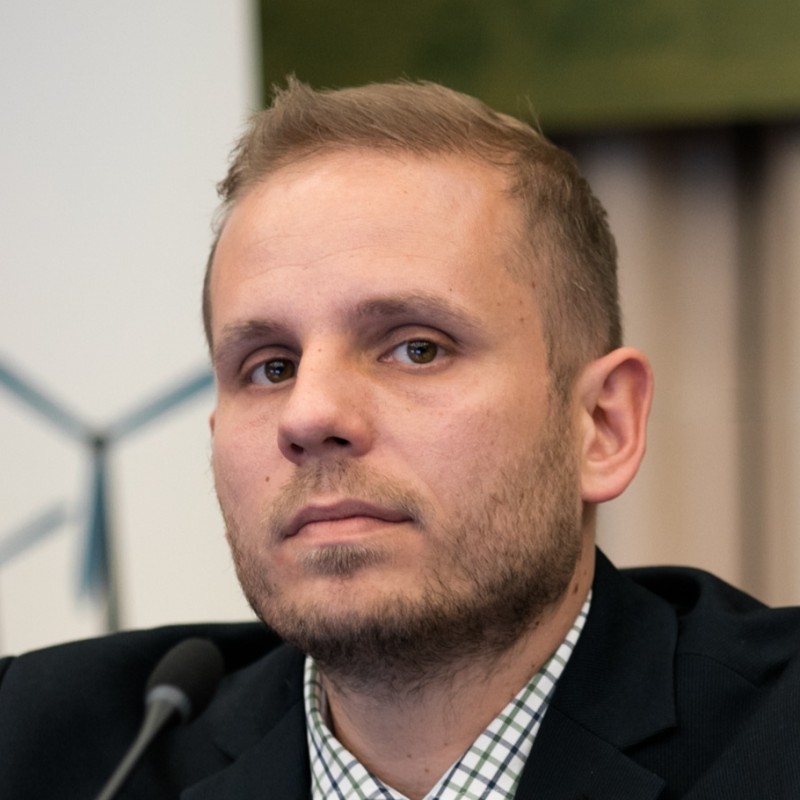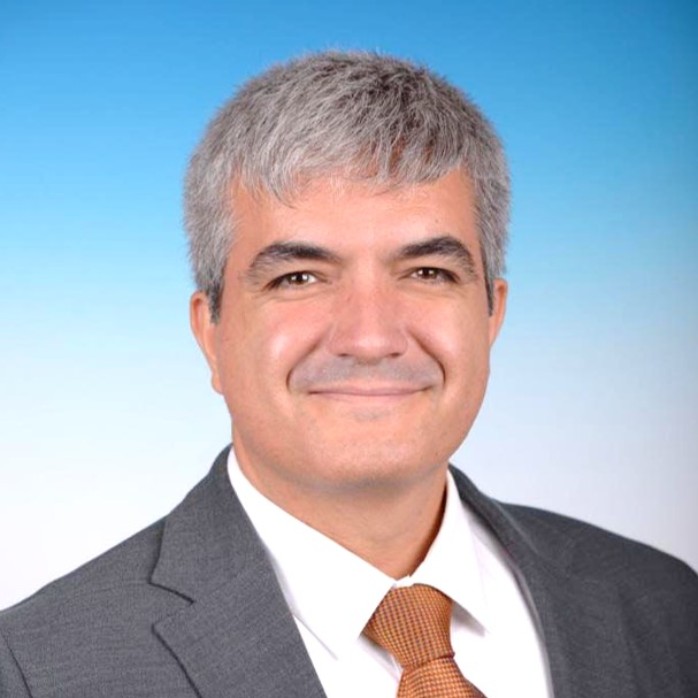Vibration based rail infrastructure monitoring and assessment
The railway network serves as a critical component of global transportation infrastructure, demanding consistent monitoring and assessment to ensure operational safety, efficiency, and reliability. Vibration-based methods have emerged as a prominent technique for evaluating the condition of rail infrastructure due to their non-invasive nature and sensitivity to structural changes. This special session aims to gather relevant research in the field of vibration-based monitoring and assessment techniques applied in the railway sector. Topics can include but are not limited to:
- accelerometer-based monitoring of infrastructure
- acoustic sensing
- modal analysis
- detecting track defects
- assesssent of track conditions
- condition based mantenance
- predictive maintenance
- machine learning algorithms
- IoT (Internet of Things) devices in vibration-based monitoring systems
- Challenges and future directions in this field, such as standardization, data management
Session is chaired by:
|
Stasha Jovanovic is a Full Professor of railway engineering at the Faculty of Technical Sciences, University of Novi Sad, Serbia and an international consultant with 25+ years of experience, primarily in the domain of rail infrastructure asset management, with a focus on condition-monitoring, analysis, deterioration-modeling and maintenance & renewal planning. |
|
|
Ivo Haladin is a Asociate Professor and a Head of the Chair for Railways at the Department of Transportation Engineering, University of Zagreb. In recent years large part of scientific and professiona work is related to vibration based track assesment and monitoring using vehicle-mounted sensors on tramway vehicles. His PhD thesis on vibration based track assesment is also closely related to the subject area. |
|
|
Niyazi Özgür Bezgin is an Associate Professor in the Civil Engineering Department of Istanbul University Cerrahpaşa, where he is currently leading the railway engineering program. His engineering background encompasses prefabricated structural design and soil-structure interaction analysis. His academic research focuses on railway track mechanics and the development of analytical methods to estimate the highest dynamic impact forces on railway tracks. |
|
Enhancing Road and Rail Safety through novel Structural Health Monitoring applications on Bridges
This special session aims to spotlight the crucial role of Structural Health Monitoring (SHM) in augmenting the safety and durability of road and rail infrastructure. With the ever-increasing transportation demands and climate extremes, the necessity for robust SHM systems for real-time data acquisition and analysis is anticipated. Participants will delve into the latest advancements in SHM technologies and data analytics techniques and will be privy to case studies showcasing the efficacious and interesting deployment of SHM and novel data acquisition systems. This session is designed to ignite interdisciplinary dialogues among engineers, policymakers, and researchers, thereby advancing the domain of SHM to procure safer and more resilient transport networks. Furthermore, the session will focus on the following topics:
- Performance Assessment of existing bridges,
- Condition Assessment vs Safety Assessment,
- Pro-active Bridge Inspection,
- Bridge Weigh-in-Motion,
- Model Updating of the Bridges,
- Forensic Engineering and Structural Damage Identification,
- Digital Inspection,
- Experimental Testing,
- Computational Methods,
- Vibration based assessment.
Session is chaired by:
|
Ana Mandic Ivankovic is a professor and a Head of the Chair for Bridges at the Department of structures. She participated in reassessment of a number of bridge projects in Croatia. Her research area is oriented to the assessment of existing bridges, traffic load investigations and seismic performance. As a teacher she emphasizes the holistic approach in structural performance, encompassing the initial conceptual design of structures, their main and detailed design phases, the appropriate methods of construction, and finally assessment, maintenance and management in the course of the optimal life cycle of structures. |
|
|
Andrej Anžlin is the Head of the Section for Bridges and other Engineering Structures at the Slovenian National Building and Civil Engineering Institute's Department of Structures. Specializing in Structural Engineering, his expertise primarily focuses on bridge assessment and developing monitoring systems to mitigate seismic, traffic, and flood-related risks. He works at several national and international projects funded by EU, research agencies and industry, particularly advancing digital bridge inspection techniques and incorporating artificial intelligence into bridge weigh-in-motion technology. |
|
|
Dominik Skokandić is a postdoctoral researcher on a Chair for Bridges ate the department of Structures on Faculty of Civil Engineering Zagreb. His area of expertise include assessment of existing road bridges, probabilistic analysis, modelling of traffic loads and its effects on existing bridges etc. He participated in COST action TU1402 and TU1406 in which the emphasis was on both the value of SHM and the standardization process for assessment of existing bridges. His PhD thesis is based on the probabilistic assessment of existing road bridges based on the site-specific traffic data.
|
|
|
Ivan Duvnjak is Associate Professor and Head of the Structural Testing Laboratory and Head of Chair for Mechanics of Materials and Testing of Structures on Faculty of Civil Engineering in Zagreb. His main research interests include structural health monitoring, structural damage detection, non-destructive testing, static and dynamic testing of structures, proof loading of bridges, mechanical properties of materials, model updating of structures, etc. Recently, he has been involved in the experimental determination of the dynamic and mechanical properties of existing damaged masonry structures in order to gain a better understanding of their seismic response.
|
|









































